To prepare for careers in science, technology, engineering, and mathematics (STEM), K-12 students must engage in authentic STEM practices that increasingly rely on computing and the use of computational thinking (CT). These computation-based practices are needed for understanding and exploring natural scientific processes and applying scientific knowledge to design solutions for real-world STEM problems. The emergence of computation as the third pillar (alongside theory and experiment) of science and engineering requires that schools incorporate CT into the existing K-12 STEM curriculum. Students need to learn the CT skills that will enable them to become creators, not just consumers, of the next wave of scientific discoveries, engineering solutions, and computing innovations.
This talk will discuss what integrating CT with STEM disciplines entails with specific examples from two National Science Foundation funded projects that use computational modeling in different contexts to integrate CT with STEM. Using a problem-based learning approach, this talk will articulate a framework for using computational modeling to coherently integrate the design of science and engineering curricular experiences, and present design considerations for developing curriculum, technology, teacher resources, and student assessments for such integrated environments.
You must be registered to view this presentation.
January 2021
Job Role Applicability:
Presentation




